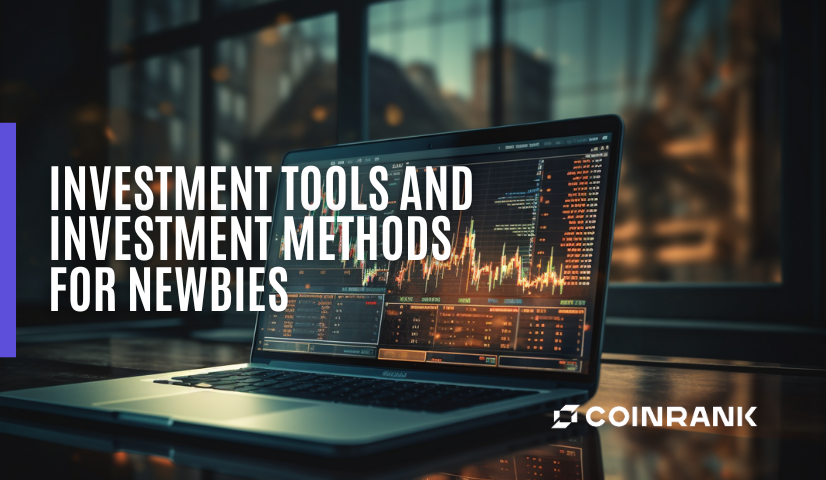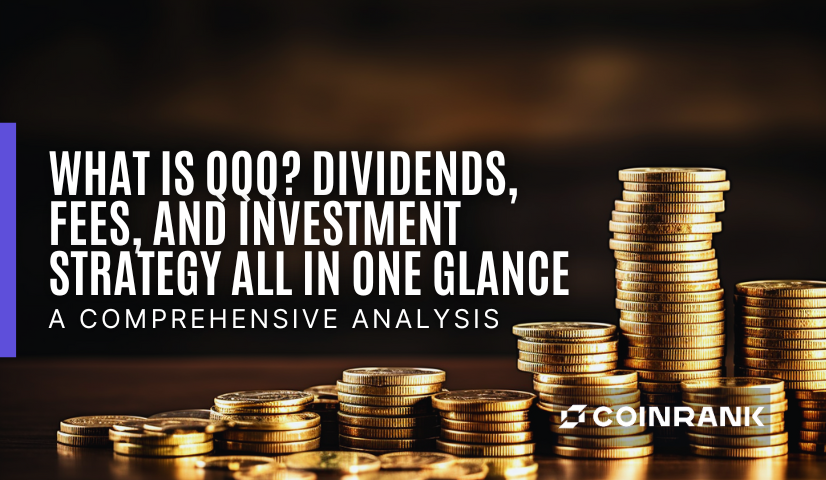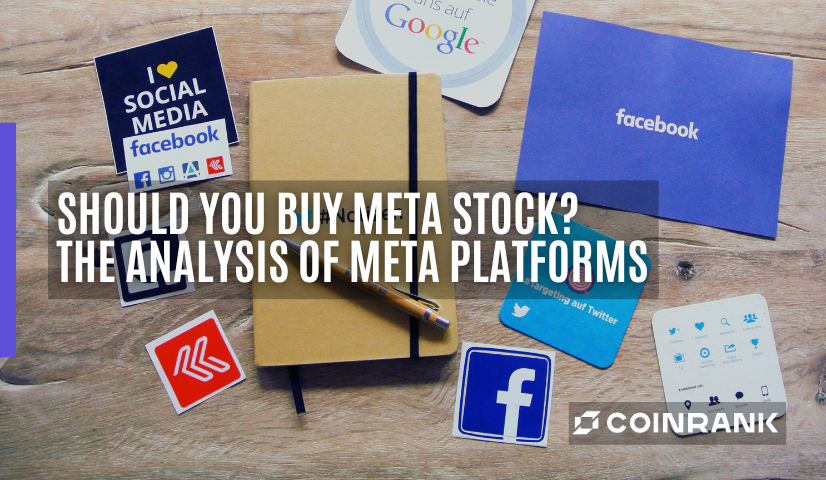
KEYTAKEAWAYS
-
Diversifying investments to manage risk and maximize returns is crucial. This article discusses a wide range of investment options, highlighting their advantages and disadvantages.
-
Beginners should consider starting with stock investments, which offer high controllability, the potential for high returns, and liquidity while coming with higher risks and requiring a solid understanding of the stock market.
-
Investors should create a personalized investment portfolio that aligns with their risk tolerance and financial goals.

CONTENT
“As the end of the month approaches, looking at my bank account with only a small amount of savings left and assets that keep disappearing, along with the electronic bills I receive in my inbox, I can’t help but sigh. Saving money is so difficult! Just relying on one paycheck isn’t enough! But there are countless investment methods, which one is the most suitable ‘financial path’ for oneself? When facing investment risks, how should investors choose investment tools? How can one make money work for them through investment methods? In just a few minutes, today we’ll help you understand it all!”
INVESTMENT METHODS AND TOOLS
The beginning of investment always starts with the basics – increasing your income, managing your expenses, and saving more money. It’s crucial to continuously improve your earning potential and reduce unnecessary expenditures to free up more funds. However, achieving financial freedom through income and expense management alone can be quite challenging. The real key to wealth accumulation is investing, where your money works for you. So, what are the methods to achieve this goal?”

1. SAVINGS ACCOUNT AND TIME DEPOSIT
“The biggest difference between a regular savings account and a time deposit lies in the ‘deposit period’ limitation. With a regular savings account, there are no restrictions; you can deposit or withdraw funds at your convenience, whether in person at a bank or through an ATM. However, the interest rates are relatively low, making it less appealing for those with limited funds.
On the other hand, a time deposit requires a contractual agreement with the bank for a specific period, which can range from several months to several years. During this time, you cannot withdraw the funds freely. This restriction is compensated by offering higher interest rates and the function of compelling savers to commit to their savings goals. Time deposits can be further categorized into ‘term deposits’ and ‘regular savings deposits.’ For long-term savings needs, regular savings deposits often offer higher interest rates, and the interest calculation differs from term deposits. Investors can carefully evaluate their needs to choose the right option.”
2. SAVINGS-LINKED INSURANCE
“Savings insurance” and “annuity insurance” are both investment-linked insurance contracts. A fixed amount of money is deposited at regular intervals (monthly, quarterly, annually), and upon the contract’s maturity, the policyholder can withdraw the principal amount along with the interest. These insurance policies can be categorized into four main types based on the premium payment period, coverage period, policy features, and interest rates. Within these four categories, various combinations can be tailored to meet specific needs. Typically, insurance policies with longer terms offer higher returns compared to those with shorter terms.
Note: Early Termination
If you wish to terminate the policy before its maturity, you may incur losses, which are generally greater the earlier you terminate it. This aspect, to some extent, encourages policyholders to continue saving. While these policies are attractive to investors who may not be disciplined savers, they come with lower overall returns and require a commitment of several years or more. Investors should carefully consider their needs and compare the advantages and disadvantages of various insurance policies before making a decision.
3. BONDS
“Bonds” serve as an investment instrument, issued by an entity (which can be a government or a company). Within a specified timeframe, the issuing entity pays the agreed-upon interest and returns the principal amount when the bond matures.
Investors typically bear lower risks and enjoy better returns compared to regular savings accounts. In Taiwan, investing in government bonds usually requires a higher threshold, but investors can still access domestic or international bonds through bond funds or bond ETFs. Bonds can also be traded in the secondary market, allowing investors to choose when to trade their bonds for capital gains.
Please note that bond prices generally move in the opposite direction of interest rates, meaning that when interest rates rise, bond prices fall, and vice versa.
4. FOREX
The prices of various countries’ currencies are floating. Investing in foreign exchange (Forex) essentially involves purchasing foreign currencies to profit from exchange rate differentials and interest rates. Commonly traded currencies include the US Dollar, Euro, and Japanese Yen, which are known for their stability.
When a currency depreciates, investors can buy it, and when it appreciates, they can sell it to profit from the exchange rate differential. For example, if the US Dollar depreciated last year due to QE policies and an investor anticipates the end of QE with reduced bond purchases and future interest rate hikes in the US, they might monitor the movements of the New Taiwan Dollar and the US Dollar Index, seeking opportunities to buy US Dollars and benefit from its appreciation. Additionally, even without investment purposes, a favorable exchange rate for the US Dollar can also be a small delight for those planning to travel to the United States.
5. COMMODITIES
Commodities include items such as oil, steel, nickel, aluminum, grains, glass, coal, lumber, and precious metals. These are every day or less commonly thought of raw materials that can all serve as investment assets. Many investors often enter the commodities market when they anticipate inflation.
When a currency loses value relative to commodities, investing in commodities can serve as a hedge against inflation. Of course, investing in commodities can also result from strong market demand for certain products, driving up commodity prices. Examples include the steel market that started last year, the glass market this year, and even recent trends in coal mining. These increases in commodity prices, besides carrying speculative elements, also reflect higher demand for products made from these commodities.
6. FUNDS
Funds pool investors’ money together to expand the pool of capital. Professional fund managers, employed by investment institutions, plan investments. These institutions not only have their research teams but also enjoy investment advantages and discounts due to their large capital. Entrusting capital to fund management allows investors to participate in market trends with lower risk, even if they are not familiar with financial and industry knowledge.
Please note that investing in funds is not a random choice without preparation. Investors still need to understand the type of fund they are investing in, including its scale, attributes, and category. They should also consider the management costs associated with investing in funds, such as fees, trust management fees, manager fees, and custody fees, to ensure they align with their needs.
7. REAL ESTATE
Real estate can be more than just a place to live; it can also be an investment. Investors can earn rental income by leasing properties or profit from buying low and selling high. Investing in real estate shares some similarities with investing in stocks.
It involves understanding regional demand, monitoring emerging communities and population changes, and researching major national construction projects, all with the goal of securing properties with potential for appreciation. Of course, real estate as an investment has its drawbacks, including high capital requirements, less liquidity, and the need for investors to stay vigilant about market supply and demand dynamics and policy changes.
8. STOCKS
What are “stocks”? Stocks are a type of “equity security” issued by corporations to raise capital in the market. When investors hold stocks, they become shareholders in the company. Companies have rights and responsibilities towards their shareholders, who, in turn, have the right to receive dividends and share in the company’s growth. However, shareholders also bear the risk of market fluctuations, including systemic risks in financial markets, company mismanagement, and losses due to speculative market behavior and other factors.
9. US STOCKS (AND HOW TO TRADE)
American Stocks, or US stocks, refer to the American stock market, specifically the New York Stock Exchange (NYSE), the American Stock Exchange, and the NASDAQ Stock Market. A notable feature is that the same stock can be listed and traded on different exchanges.
- New York Stock Exchange (NYSE): The oldest, largest, and most renowned securities exchange in the United States.
- American Stock Exchange: The only exchange that trades stocks, futures options, and derivative products simultaneously.
- NASDAQ Stock Market: The stock market with the most listed companies and the highest trading volume in the United States.
For individuals outside the United States looking to invest in US stocks, having a general understanding of these exchanges is usually sufficient. Most investors from different countries still rely on their local brokerage firms for placing orders. If you’re interested in starting to invest in US stocks, you can consider the following steps, or you can visit your local bank for further information.
- Choose a US brokerage firm to open an account.
- Open a foreign currency account and exchange your currency into US dollars. Set up a designated remittance account with the US brokerage firm.
- Transfer your US dollars to the designated account at the US brokerage firm, specifying your brokerage account name and number.”
RECOMMENDED INVESTMENT STRATEGIES FOR BEGINNERS
Entering the investment market is all about making a profit; nobody wants to lose money here. However, the market is filled with risks, and losses can happen in the blink of an eye. Regardless of your wealth management goals, it’s crucial to prioritize ‘risk management’ from the start.
This article provides a brief overview of various investment options to offer investors the possibility of creating a diversified investment portfolio. The market doesn’t always offer smooth sailing, and achieving gains while minimizing losses requires a diversified investment portfolio to balance risk and reward.”
THE KEY TO INVESTMENT METHODS AND INVESTMENT PORTFOLIOS
A ‘Portfolio’ reflects an investor’s risk tolerance and the formulated investment strategy. Investors who pursue low-risk and long-term benefits will prioritize the possibility of stable and sustained profits, while not placing as much importance on short-term expected returns. On the other hand, investors seeking high-risk and short-term gains may be more concerned with the explosive potential and high returns in a short period. But is investment limited to choosing one of these options? Not necessarily.
In simple terms, finding assets that can complement each other is key. When one side falls, the other side rises, effectively reducing losses caused by volatility while preserving profit potential. Moreover, when either side performs exceptionally well, asset allocation can be adjusted timely. This is the advantage of an investment portfolio.
Assuming the portfolio consists only of ‘stocks,’ one must inevitably face the market’s fluctuations. However, if investors can effectively diversify their funds into different assets such as fixed deposits, insurance, or foreign exchange, these assets have different natures, and when facing intense fluctuations in the Taiwan stock market, diversification reduces risk and both actual and psychological harm. In summary, understanding one’s risk tolerance, comprehending the meaning of different investment tools, and constructing a personalized investment portfolio are crucial. ‘Don’t put all your eggs in one basket,’ in order to navigate the investment market for a long time and continue to profit. I wish every investor overflowing success, with each one becoming a legendary navigator, an ironman, or an invincible TSMC.
*Note: Investment always carries risks, and the worst-case scenario may result in a total loss of principal. Before entering the market, it is essential to assess your risk tolerance. As the saying goes, ‘Don’t touch what you don’t understand,’ and avoid committing substantial capital to investments you don’t fully comprehend.”

Looking for the latest scoop and cool insights from CoinRank? Hit up our Twitter and stay in the loop with all our fresh stories!

















